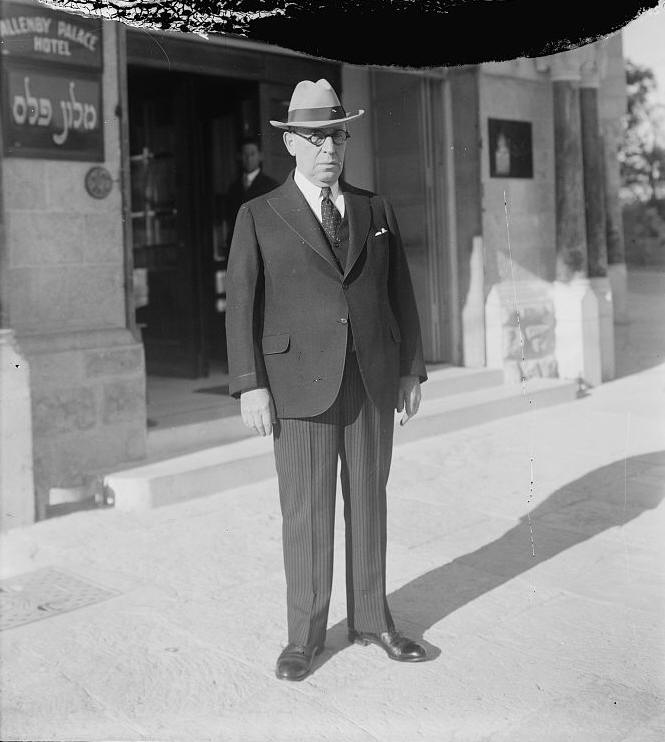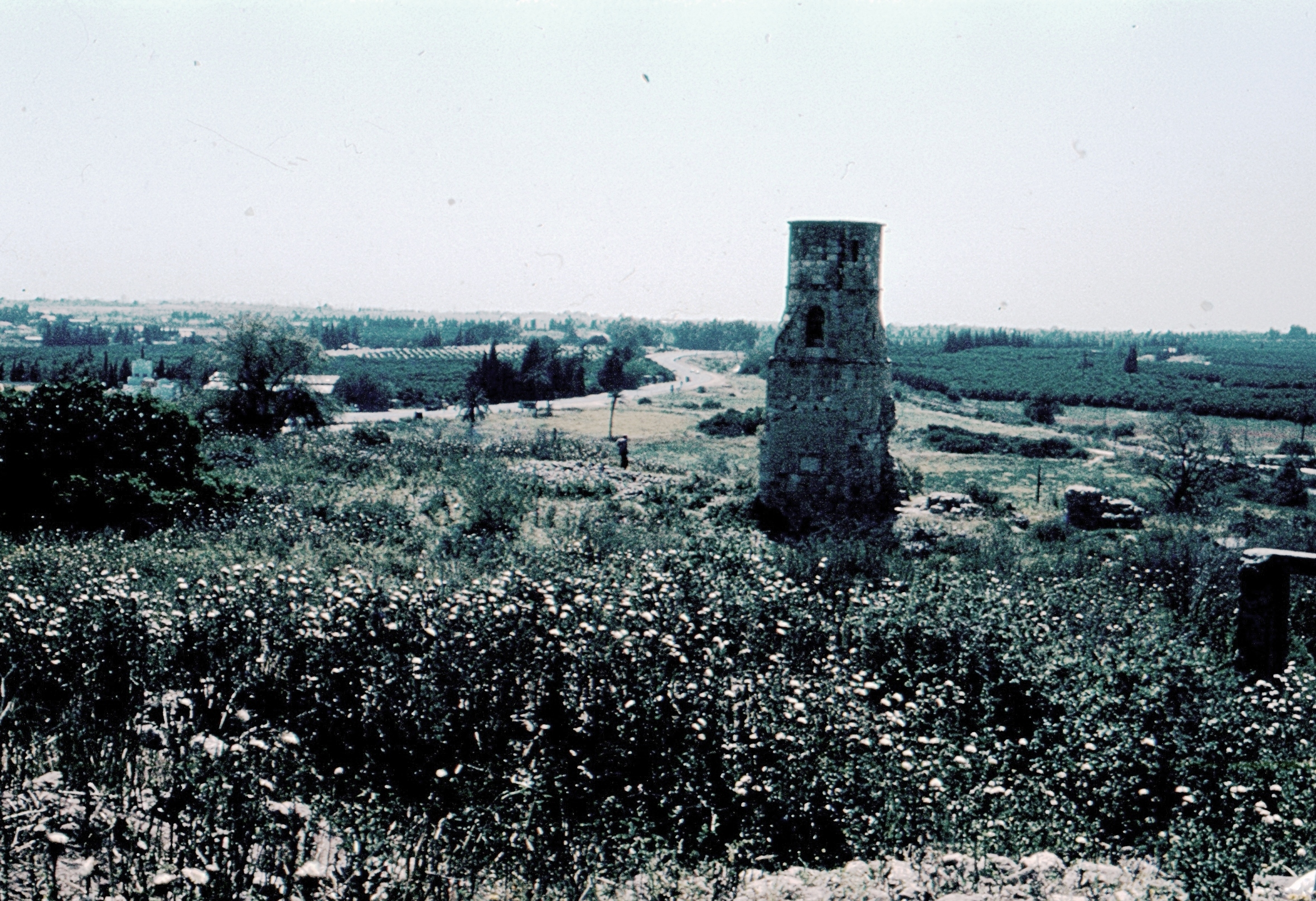|
Beit Oved
Beit Oved ( he, בֵּית עוֹבֵד, ''lit.'' House of Worker or House of Obed) is a moshav in central Israel. Located on the outskirts of Ness Ziona, it falls under the jurisdiction of Gan Raveh Regional Council. In its population was . Etymology The name is based on one of two biblical passages:And the ark of God remained with the family of Obed-edom in his house three months; and the LORD blessed the ''house of Obed''-edom, and all that he had. (1 Chronicles 13:14) or: He that ''tilleth'' his ground shall have plenty of bread; but he that followeth after vain things is void of understanding. (Proverbs 12:11) History The moshav was founded in 1933 by a group of veteran farmers. It was established as part of the Settlement of the Thousand plan, a response to the 1929 Palestine riots in which small farm settlements were built on the outskirts of Jewish towns and moshavot to improve security. [...More Info...] [...Related Items...] OR: [Wikipedia] [Google] [Baidu] |
Gan Raveh Regional Council
Gan Raveh Regional Council ( he, מועצה אזורית גן רווה, ''Mo'atza Ezorit Gan Raveh'') is a regional council in the Central District of Israel. The council's area of jurisdiction extends to nine settlements: a kibbutz, six moshavim, a yeshuv kehilati and a youth village. In 2017, the total population was 6,026. The council serves Ayanot, Beit Hanan, Beit Oved, Ge'alya, Gan Sorek, Irus, Kfar HaNagid, Neta'im, and Palmachim. 'Gan Raveh' means ''well-watered garden'' and these are words in a biblical verse of Isaiah, which are reproduced on the signs of some of the council's villages, including Ayanot. The head of the local council is Shlomo Elimelech. Haaretz
''Haaretz'' ( , ori ...
[...More Info...] [...Related Items...] OR: [Wikipedia] [Google] [Baidu] |
1929 Palestine Riots
The 1929 Palestine riots, Buraq Uprising ( ar, ثورة البراق, ) or the Events of 1929 ( he, מאורעות תרפ"ט, , ''lit.'' Events of 5689 Anno Mundi), was a series of demonstrations and riots in late August 1929 in which a longstanding dispute between Muslims and Jews over access to the Western Wall in Jerusalem escalated into violence. The riots took the form, for the most part, of attacks by Arabs on Jews accompanied by destruction of Jewish property. During the week of riots, from 23 to 29 August, 133 Jews were killed by Arabs, and 339 Jews were injured, most of whom were unarmed. There were 116 Arabs killed and at least 232 wounded, mostly by the Mandate police suppressing the riots. Around 20 Arabs were killed by Jewish attackers and indiscriminate British gunfire. After the riots, 174 Arabs and 109 Jews were charged with murder or attempted murder; around 40% of Arabs and 3% of Jews were subsequently convicted. During the riots, 17 Jewish communities were e ... [...More Info...] [...Related Items...] OR: [Wikipedia] [Google] [Baidu] |
Jewish Villages In Mandatory Palestine
Jews ( he, יְהוּדִים, , ) or Jewish people are an ethnoreligious group and nation originating from the Israelites Israelite origins and kingdom: "The first act in the long drama of Jewish history is the age of the Israelites""The people of the Kingdom of Israel and the ethnic and religious group known as the Jewish people that descended from them have been subjected to a number of forced migrations in their history" and Hebrews of historical Israel and Judah. Jewish ethnicity, nationhood, and religion are strongly interrelated, "Historically, the religious and ethnic dimensions of Jewish identity have been closely interwoven. In fact, so closely bound are they, that the traditional Jewish lexicon hardly distinguishes between the two concepts. Jewish religious practice, by definition, was observed exclusively by the Jewish people, and notions of Jewish peoplehood, nation, and community were suffused with faith in the Jewish God, the practice of Jewish (religious) la ... [...More Info...] [...Related Items...] OR: [Wikipedia] [Google] [Baidu] |
Populated Places Established In 1933
Population typically refers to the number of people in a single area, whether it be a city or town, region, country, continent, or the world. Governments typically quantify the size of the resident population within their jurisdiction using a census, a process of collecting, analysing, compiling, and publishing data regarding a population. Perspectives of various disciplines Social sciences In sociology and population geography, population refers to a group of human beings with some predefined criterion in common, such as location, race, ethnicity, nationality, or religion. Demography is a social science which entails the statistical study of populations. Ecology In ecology, a population is a group of organisms of the same species who inhabit the same particular geographical area and are capable of interbreeding. The area of a sexual population is the area where inter-breeding is possible between any pair within the area and more probable than cross-breeding with ind ... [...More Info...] [...Related Items...] OR: [Wikipedia] [Google] [Baidu] |
Moshavim
A moshav ( he, מוֹשָׁב, plural ', lit. ''settlement, village'') is a type of Israeli town or settlement, in particular a type of cooperative agricultural community of individual farms settler, pioneered by the Labor Zionism, Labour Zionists between 1904 and 1914, during what is known as the Second Aliyah, second wave of ''aliyah''. A resident or a member of a moshav can be called a "moshavnik" (). The moshavim are similar to kibbutzim with an emphasis on community labour. They were designed as part of the Zionist state-building programme following the green revolution Yishuv ("settlement") in the Mandatory Palestine, British Mandate of Palestine during the early 20th century, but in contrast to the collective farming kibbutzim, farms in a moshav tended to be individually owned but of fixed and equal size. Workers produced crops and other goods on their properties through individual or pooled labour with the profit and foodstuffs going to provide for themselves. Mosha ... [...More Info...] [...Related Items...] OR: [Wikipedia] [Google] [Baidu] |
David Tabak
David Tabak ( he, דוד טבק; August 5, 1927 – July 21, 2012) was an Israeli Olympic runner who specialized in sprinting. Early and personal life Tabak was born in Moshav Beit Oved, Mandatory Palestine. He studied in Mikve Israel, outside of Tel Aviv, and became a school teacher. His son Benny Tabak was a striker for Maccabi Tel Aviv and the Israel national football team, and his daughter Eti was a sprinter. Tabak died at age 85, and was buried in Ramat Hasharon, Israel. Running career Tabak competed for Israel at the 1952 Summer Olympics when he was 24 years old, in Helsinki Helsinki ( or ; ; sv, Helsingfors, ) is the Capital city, capital, primate city, primate, and List of cities and towns in Finland, most populous city of Finland. Located on the shore of the Gulf of Finland, it is the seat of the region of U .... He ran in the Men's 100 metres, and after winning his first heat came in 6th in the quarterfinals with an Israeli record time of 10.6, which stoo ... [...More Info...] [...Related Items...] OR: [Wikipedia] [Google] [Baidu] |
Yibna 1945
Yibna ( ar, يبنى; ''Jabneh'' or ''Jabneel'' in Biblical times; ''Jamnia'' in Roman times; '' Ibelin'' to the Crusaders), or Tel Yavne is an archaeological site and depopulated Palestinian town. The ruins are located immediately southeast of the modern Israeli city of Yavne. The town had a population of 5,420 in 1948, located 15 kilometers southwest of Ramla.Khalidi, 1992, p.421 Yibna was taken by Israeli forces on 4 June 1948, and was depopulated during the military assault and expulsion. It is a significant site for post-biblical Jewish history, as it was the location of the Council of Jamnia, considered the birthplace of modern Rabbinic Judaism. It is also significant in the history of the Crusades, as the location of the House of Ibelin. Name In many English translations of the Bible, it is known as Yavne or Jabneh . During Greco-Roman times, it was known as Jamnia ( grc, Ἰαμνία ''Iamníā''; la, Iamnia); to the Crusaders as Ibelin; and before 1948, as Yibna ( ar ... [...More Info...] [...Related Items...] OR: [Wikipedia] [Google] [Baidu] |
Beit Hanan 1941
A Beit (also spelled bait, ar, بيت , literally "a house") is a metrical unit of Arabic, Iranian, Urdu and Sindhi poetry. It corresponds to a line, though sometimes improperly renderered as "couplet" since each ''beit'' is divided into two hemistichs of equal length, each containing two, three or four feet, or from 16 to 32 syllables."Arabian Poetry for English Readers," by William Alexander Clouston (1881)p. 379in Google Books William Alexander Clouston concluded that this fundamental part of Arabic prosody originated with the Bedouins or Arabs of the desert, as, in the nomenclature of the different parts of the line, one foot is called "a tent-pole", another "tent-peg" and the two hemistichs of the verse are called after the folds or leaves of the double-door of the tent or "house". Through Ottoman Turkish, it got into Albanian and the bards of Muslim tradition in the Albanian literature took their name after this metrical unit, the poets known as bejtexhi The Bejte ... [...More Info...] [...Related Items...] OR: [Wikipedia] [Google] [Baidu] |
Moshava
A moshava ( he, מושבה, plural: ''moshavot'' , lit. ''colony'') was a form of rural Jewish settlement in Ottoman Palestine, established by the members of the Old Yishuv since late 1870s and during the first two waves of Jewish Zionist immigration – the First and Second Aliyah. History In a moshava, as opposed to later communal settlements like the kibbutz and the moshav (plural ''moshavim''), all the land and property are privately owned. The first moshavot were established by the members of the Jewish community already living in, and by pioneers of the First Aliyah arriving to, Ottoman Palestine. The economy of the early moshavot was based on agriculture and resembled the grain-growing villages of eastern Europe in layout. Farms were established along both sides of a broad main street. Petah Tikva, known as the "Mother of the Moshavot" (''Em HaMoshavot''), was founded in 1878 by members of the Old Yishuv, as well as Gai Oni, which later became Rosh Pinna with the arr ... [...More Info...] [...Related Items...] OR: [Wikipedia] [Google] [Baidu] |
Settlement Of The Thousand
The Settlement of the Thousand ( he, התיישבות האלף, ''Hityashvut HaElef'') refers to two separate Zionist plans to settle Jewish families on farms in Mandate Palestine. The first started in September 1926, Jewish Agency for Israel the second in 1932.Settlement of the Thousand Kibbutz Shiller The aim of both plans was to settle 1,000 families on agricultural lots. 1932 scheme The 1932 plan was a response to the |
Book Of Proverbs
The Book of Proverbs ( he, מִשְלֵי, , "Proverbs (of Solomon)") is a book in the third section (called Ketuvim) of the Hebrew Bible and a book of the Christian Old Testament. When translated into Greek and Latin, the title took on different forms: in the Greek Septuagint (LXX) it became (, "Proverbs"); in the Latin Vulgate the title was , from which the English name is derived. Proverbs is not merely an anthology but a "collection of collections" relating to a pattern of life which lasted for more than a millennium. It is an example of the biblical wisdom literature, and raises questions of values, moral behaviour, the meaning of human life, and right conduct, and its theological foundation is that "the fear of God (meaning submission to the will of God) is the beginning of wisdom". Wisdom is praised for her role in creation; God acquired her before all else, and through her he gave order to chaos; and since humans have life and prosperity by conforming to the order of cre ... [...More Info...] [...Related Items...] OR: [Wikipedia] [Google] [Baidu] |





.jpg)